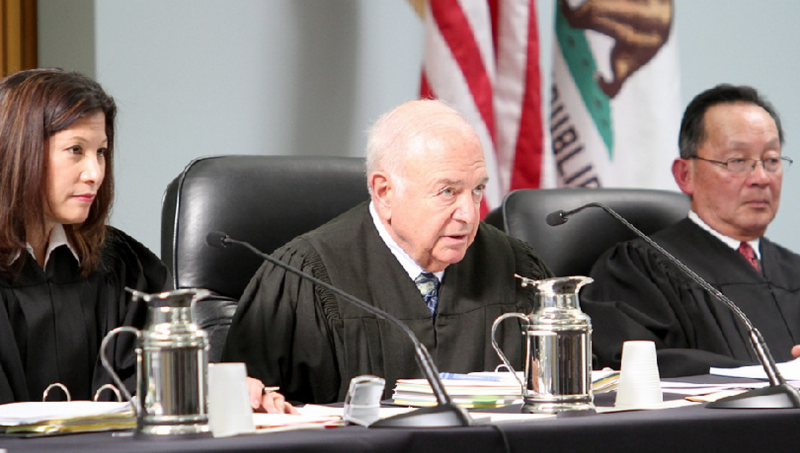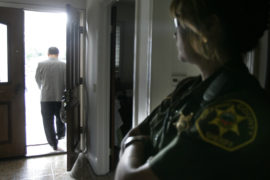Habitability Issues Can Tank A Just Cause Eviction Action
Failing to provide a safe, sanitary and secure residence is an affirmative defense a tenant or their counsel can raise to contest rent obligations or just cause evictions.
When a tenant does not timely pay their rent, landlords can serve a three-day notice to pay rent or quit and if that is to no avail, commence an unlawful detainer action. Yet prevailing in what would initially appear as a clear-cut case is not guaranteed, if procedural notices are not followed to the letter, or if the rental unit is not code compliant.
It’s not uncommon for non-paying residents (especially if they are represented by a tenant attorney) to use the affirmative defense that the physical conditions and characteristics of the unit rendered them unfit or unsafe for human occupancy and habitation. Rental housing providers are obligated to provide livable conditions within their units and when they fail to do so, tenants can use the landlord’s neglect to contest an unlawful detainer for nonpayment of rent.
The landlord’s duty to provide a habitable dwelling is known as the warranty of habitability and is implied in every residential lease agreement throughout California. Adequate and safe heating, effective weatherproofing, plumbing and gas facilities, maintained stairs and common areas, hot and cold running water, and rodent, vermin-free common areas are just some of the many responsibilities that if breached, will compromise your unlawful detainer action.
What conditions create an untenantable dwelling can be spelled out in California Civil Code 1941.1, as well as local ordinances and building codes that have their own set of provisions. For example, San Francisco has their own set of rules that limit the number of occupants per room.
Landlords need to know everything regarding the maintenance trade, from floor to ceiling and everything in between, and if they don’t, they should hire someone that is able to navigate the myriad of codes, whether a licensed real estate broker, property management company or attorney. It’s been said that ignorance is no excuse for breaking the law and so code enforcement and courts seem to show little empathy for rental property owners that do not fulfill their responsibilities.
The takeaway? Before you serve a three-day notice to pay rent or quit, make sure there are no habitability concerns. Talk to your tenant and ask questions concerning the property’s condition, do so often, and document the condition so that the tenant cannot file an answer with the Court claiming that rent was withheld because the unit is uninhabitable due to a leaking roof, broken pipes, or any number of other issues that render the property unlivable. The landlord can claim they had no knowledge of the underlying defect, but in California, the landlord is imputed to have knowledge of major defects in their rental property.
So long as your units are livable, you may be able to breathe a sigh of relief.
Having defended many claims that allege habitability, we can attest that this claim is oftentimes without merit, and defects, whether real, perceived, reported or unreported, oftentimes do not rise to a level that justifies the nonpayment of rent, or staves off an eviction. By using an affirmative defense, the tenant has the burden of proof to show that there is a substantial breach of the warranty of habitability, evidenced by a substantial defect.
In a seminal case, Green v. Superior Court, the California Supreme Court defined “habitable” as a rental unit that is fit for occupation by human beings and that it substantially complies with state and local building and health codes that materially affect tenants’ health and safety. The Court drew a line between essentials and “amenities”, observing that landlords are under no obligation to provide the most aesthetically pleasing and pristine rental unit, and makes allowances for cosmetic defects and insubstantial departures from codes.
Of course, there will be competing narratives, one from the tenant or their counsel, and one from the landlord’s attorney, and whether any defects rise to the magnitude of inhabitability will be decided on a case-by-case basis. Suffice it to say that being represented by a firm that specializes in managing landlord-tenant disputes will improve your odds of prevailing.
Tenants have their own housekeeping responsibilities and it’s well established that the tenant’s own wanton neglect or damage, or failure to practice “ordinary care” will be frowned upon by the court and compromise the habitability defense. This, too, is a battle of narratives that is best articulated by the landlord lawyers of Bornstein Law.
Using habitability as a defense against an unlawful detainer action is more often than not, a shot in the dark for the tenant, perhaps a gambit to buy time or entice the landlord to enter into a settlement. But with proper counsel, landlords can debunk false claims and cast the circumstances in the most favorable light.





